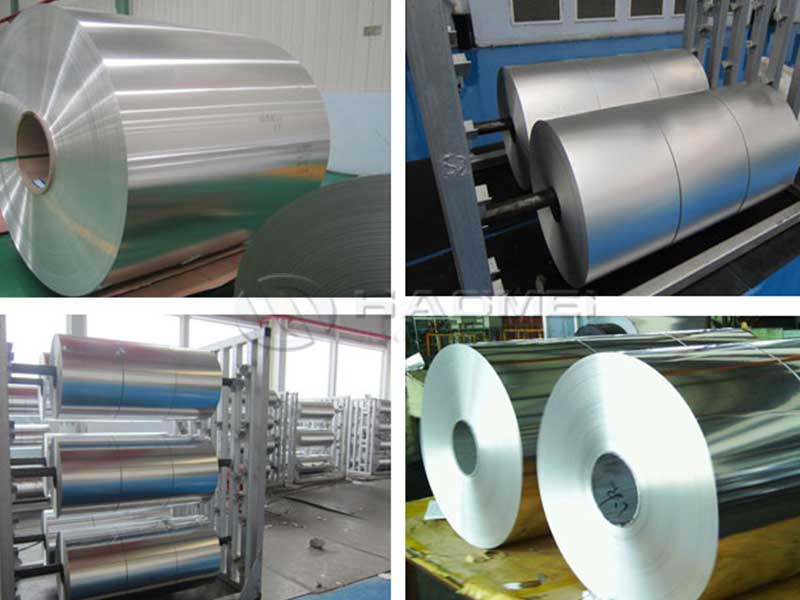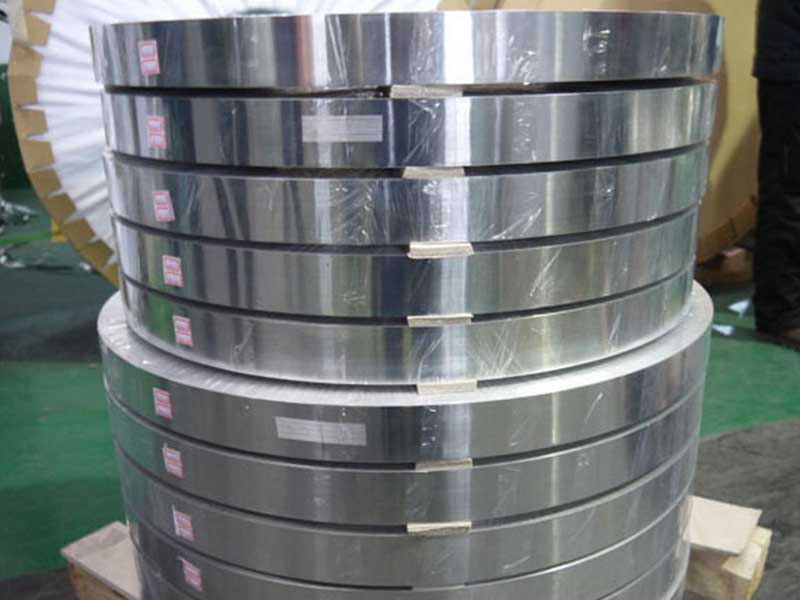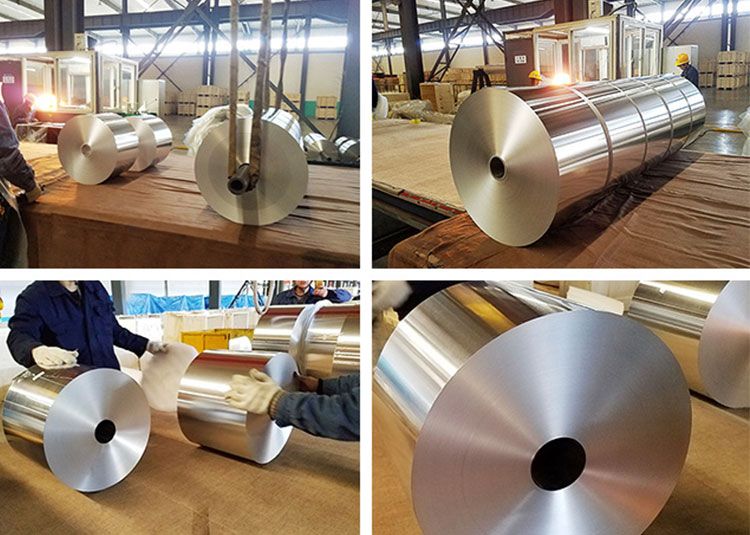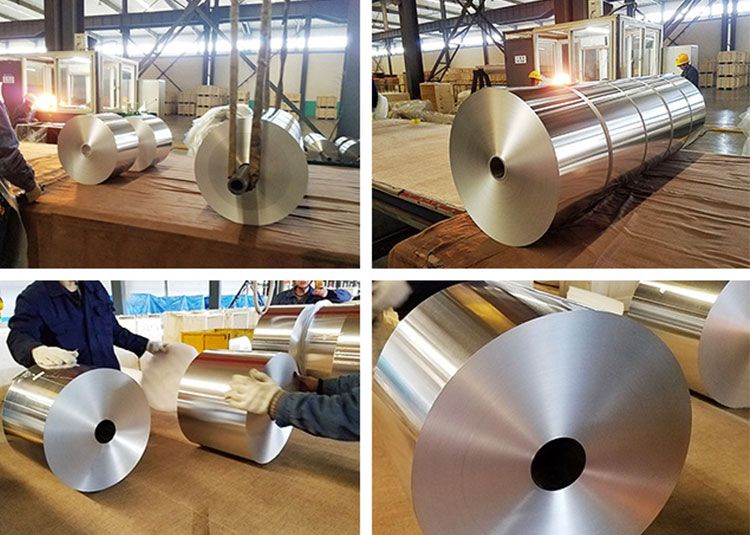Aluminum fin-stock is a specialized type of aluminum sheet used primarily in heat transfer applications. It is widely known for its exceptional thermal conductivity, lightweight nature, and corrosion resistance. This essay will delve into the various aspects of aluminum fin-stock, highlighting its unique properties, manufacturing process, and diverse applications.

Properties of Aluminum Fin-Stock
One of the key properties of aluminum fin-stock is its high thermal conductivity, which allows for efficient heat transfer. Compared to other common materials used in heat exchangers, such as copper, aluminum offers a superior balance between thermal conductivity and cost-effectiveness. Additionally, aluminum is a lightweight material, making it ideal for applications where weight reduction is crucial, such as in the automotive and aerospace industries. Furthermore, aluminum fin-stock exhibits excellent resistance to corrosion, enhancing its durability and lifespan.
Manufacturing Process
The manufacturing process of aluminum fin-stock involves several steps to ensure its desired properties are achieved. Initially, high-quality aluminum ingots are melted and cast into large slabs. These slabs are then hot rolled to reduce their thickness to the desired gauge. Subsequently, the rolled aluminum is cold-rolled to further refine its thickness and improve its surface finish. The final step involves annealing, a heat treatment process that enhances the material's mechanical properties and eliminates any residual stresses. The resulting aluminum fin-stock is then ready for use in various heat transfer applications.
Applications of Aluminum Fin-Stock
Aluminum fin-stock finds extensive use in a wide range of heat transfer applications. One of its primary applications is in the manufacturing of heat exchangers, where it is utilized as the fin material due to its excellent thermal conductivity. Heat exchangers are essential components in various industries, including HVAC systems, automotive radiators, and refrigeration units. The lightweight nature of aluminum fin-stock makes it particularly suitable for these applications, as it helps reduce the overall weight of the heat exchanger while maintaining optimal heat transfer efficiency.
Moreover, aluminum fin-stock is also employed in the production of evaporator and condenser coils for air conditioning and refrigeration systems. These coils play a crucial role in heat transfer between the refrigerant and the surrounding air. The outstanding corrosion resistance of aluminum fin-stock ensures the longevity of these coils, even in harsh environmental conditions.
Additionally, aluminum fin-stock is widely used in the manufacturing of heat sinks for electronic devices. Heat sinks are essential components that dissipate excess heat generated by electronic components, preventing overheating and ensuring optimal performance. The thermal conductivity and lightweight nature of aluminum fin-stock make it an ideal choice for heat sink applications, as it efficiently transfers heat away from the electronic components while minimizing weight and space requirements.
Aluminum fin-stock is a versatile material with exceptional properties that make it highly suitable for various heat transfer applications. Its excellent thermal conductivity, lightweight nature, and corrosion resistance make it a preferred choice in industries such as HVAC, automotive, aerospace, and electronics. The manufacturing process ensures the material's desired properties are achieved, resulting in a high-quality product. As technology continues to advance, the demand for aluminum fin-stock is expected to grow, further solidifying its position as a key material in the field of heat transfer.












